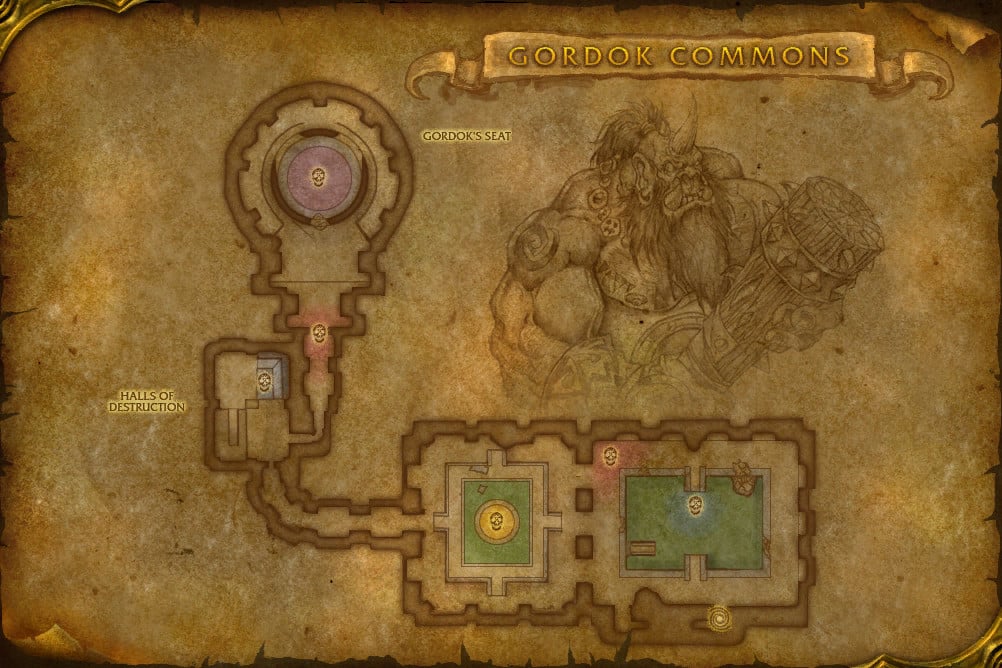
Blast exposure disrupts the BID nanostructure, resulting in clear colorimetric changes (right). 1).īIDs exhibiting pre-characterized colorimetric properties may be attached to soldiers’ uniforms in several locations (small arrows) (left). Moreover, the small, lightweight design can easily be accommodated across multiple locations on and in helmets and uniforms, thus rendering the BID useful for in-field interpretation ( Fig. Thus, they are highly durable under extreme weather conditions (e.g., heat, cold, and moisture) or physical impact associated with combat situations. Importantly, the SU-8 photonic crystals are thermally stable up to 300☌ and chemically inert due to aromatic functionality and high cross-link density. Crystalline films made from SU-8 create a colorful reflection due to the diffraction grating of the underlying pattern, which is characteristic of the periodicity (~ 1 μm) and refractive index contrast between high (SU-8, n = 1.6) and low (air, n = 1) dielectric materials, and the viewing angle. SU-8 has been widely used in microelectromechanical systems (MEMS) ( Lorenz et al., 1997), microfluidics ( Ribeiro et al., 2005), high-aspect ratio (≥20) microstructures ( Lee et al., 1994), and 3-D photonic structures ( Campbell et al., 2000, Yang et al., 2002, Miklyaev et al., 2003, Moon et al., 2006). SU-8 is highly soluble in many organic solvents, enabling preparation of ultra-thick films (up to 2 mm) that are highly transparent in the near-UV and visible region. SU-8 is a bisphenol-A novolac resin derivative with an average of eight epoxy groups per chain. For this application, we utilized 3-D photonic crystalline microstructures that were fabricated via multi-beam interference lithography (MBIL) of a commercially available, negative-tone photoresist, SU-8, using a visible (λ=532 nm) laser ( Campbell et al., 2000, Yang et al., 2002, Miklyaev et al., 2003, Moon and Yang, 2005, Xu et al., 2008). This technology may be used to develop a small wearable blast injury dosimeter (BID) to readily designate soldiers exposed to blast conditions associated with TBI and other injuries (patent pending). The level of blast exposure would then be observed based on a visible color change. To address these needs, our objective is to utilize a materials-based strategy that directly exploits blast energy to induce optical changes in photonic crystalline microstructures. Accordingly, there is a critical need for a wearable sensor capable of registering the severity of blast exposure in relation to the risk of bTBI.

Furthermore, if returned to service, they may be at risk of an exacerbated response with repetitive blast exposure, as is the case in repetitive head injury in sports ( Guskiewicz et al., 2003, Mori et al., 2006). With no objective information of relative blast exposure, warfighters with bTBI may not receive appropriate acute or chronic care. Indeed, many warfighters who display either no overt symptoms or only minor cognitive deficits after blast exposure may nonetheless have suffered brain damage ( Ling, 2008). However, little is known about blast exposure thresholds that induce bTBI. This reflects a stunning number of warfighters who have been exposed to blast shockwave, typically from improvised explosive devices (IEDs). Importantly, with future refinement this technology may be deployed to identify soldiers exposed to blast at levels suggested to be supra-threshold for non-impact blast-induced mild TBI.īlast-induced traumatic brain injury (bTBI) is a major source of battlefield morbidity in the current wars in Iraq and Afghanistan ( Okie, 2005, Warden et al., 2005, Taber et al., 2006, Warden, 2006). This approach offers a lightweight, power-free sensor that can be readily interpreted by the naked eye. Although very stable in the presence of heat, cold or physical impact, sculpted micro- and nano-structures of the BID are physically altered in a precise manner by blast exposure, resulting in color changes that correspond with blast intensity. Appearing like a colored sticker, the BID is fabricated in photosensitive polymers via multi-beam interference lithography. Accordingly, we have created a colorimetric blast injury dosimeter (BID) that exploits material failure of photonic crystals to detect blast exposure. However, with no objective information of relative blast exposure, warfighters with bTBI may not receive appropriate medical care and are at risk of being returned to the battlefield. Blast-induced traumatic brain injury (bTBI) is the “signature wound” of the current wars in Iraq and Afghanistan.


 0 kommentar(er)
0 kommentar(er)
